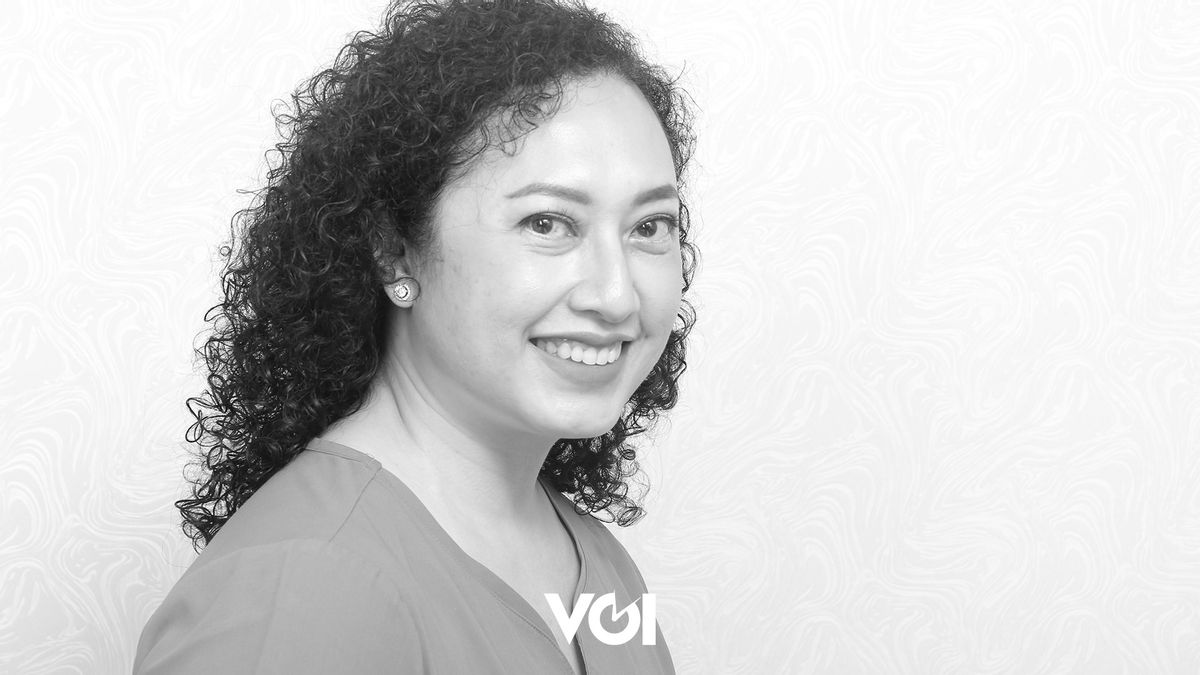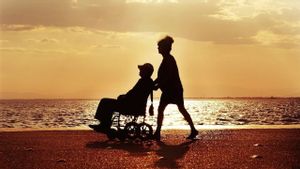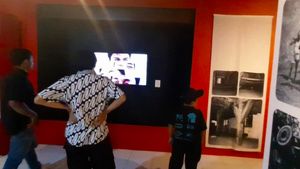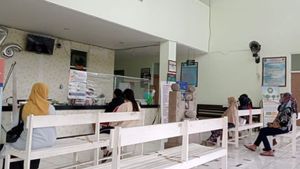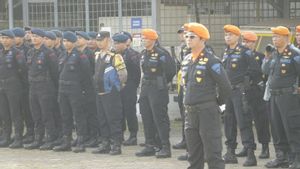JAKARTA – Dr. Karina is not just a plastic, reconstructive and aesthetic surgeon, but she continues her doctoral studies in biomedicine. His scientific background and experience in dealing with patients who want to improve their appearance have led him to discover or rather try to apply the PRP (platelet rich plasma) method to perform complementary therapy for COVID-19 patients. What really made him believe that the PRP, which he uses aaPRP (activated autologous platelet rich plasma) can help COVID-19 patients?
“Simply put, if I call it aaPRP in two words, it contains platelets. Our platelets contain more than 1,100 proteins. God is great who has created platelets with so much protein content. What we do in the laboratory is to separate the protein in the platelets from one and a half tablespoons of the patient's blood. Once separated, the blood is put back into the patient's body through an IV. So there is no new access, yes, through an existing infusion," said when he was met at the Hayandra clinic, Kramat number, Central Jakarta, recently.

What is done for the process of separating these platelets according to Dr. dr. Karina, SpBP-RE is fairly simple. What is not simple is the correct separation process. "At the end of the platelet separation process in our aaPRP, if you want to return it to the patient's body, there should be no more platelets and that must be proven. Only the protein is used and returned to the patient's body," he explained.
Dr. Karina is very sure what she and the team are doing by taking one and a half tablespoons of the patient's blood will not harm the patient. “The amount of blood in our bodies is about 5 to 6 liters. If one and a half tablespoons are taken, it is impossible for the patient to become deficient in blood. God willing, we will not harm the patient with this action," he said.
Companion
Dr. Karina and her team conducted a clinical trial in the first phase in the ICU of Koja Hospital. There were 10 COVID-19 patients who were selected to be given aaPRP in addition to the standard medication from the hospital where the patient was being treated. It turns out that from the first phase of clinical trials, the results are promising. After that he continued in the second phase with 20 patients. And the results are also promising. This is what makes him believe that aaPRP is good for use as a companion therapy for COVID-19 patients. "While in the ICU, the patient who used aaPRP companion therapy turned out to be convincing," he said.
What Karina and the team did by using aaPRP as a companion therapy for COVID-19 patients is a world first. Because no previous researchers have used this for COVID-19 patients. "So what's new is the use of aaPRP for companion therapy for COVID-19 patients. "PRP or in our terms aaPRP has been around for a long time and has often been used in the medical world, especially orthopedic doctors and beauticians," he said.
Dr. Karina was once asked by people if it is true that the use of aaPRP is new or no one has used it for companion therapy or other therapies for COVID-19 patients. When he got a question like this, he was silent. "Frankly, I was silent when I got a question like that. But I said maybe because the process is simple so no one has thought to try. The problem is that compared to others such as stem cells, aaPRP is a simpler process,” he said.
The English, Chinese, Japanese, Arabic, and French versions are automatically generated by the AI. So there may still be inaccuracies in translating, please always see Indonesian as our main language. (system supported by DigitalSiber.id)
